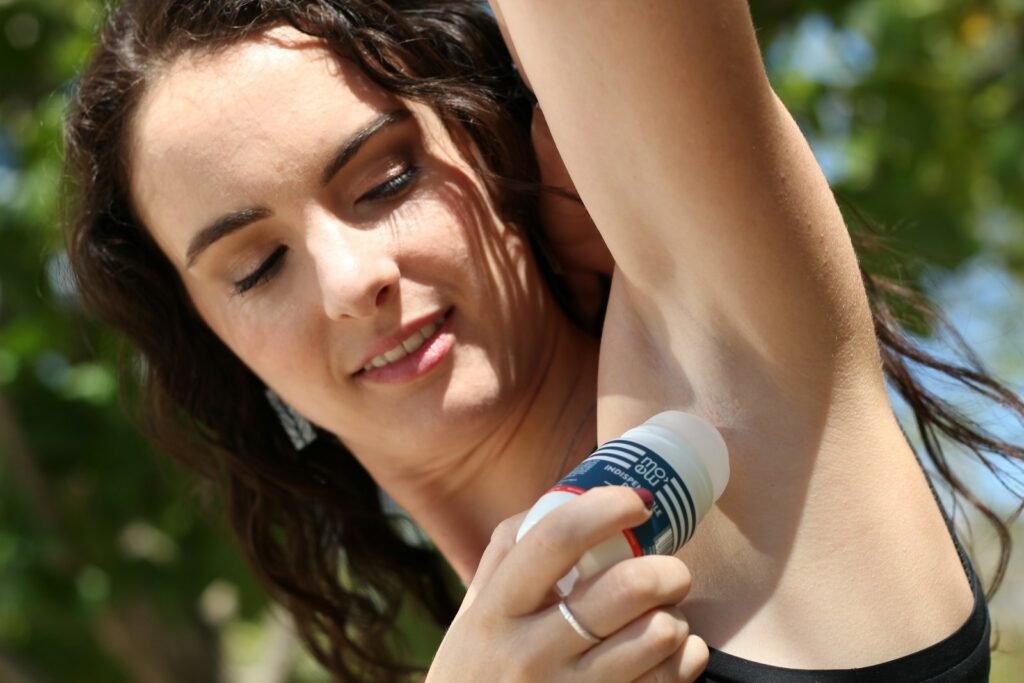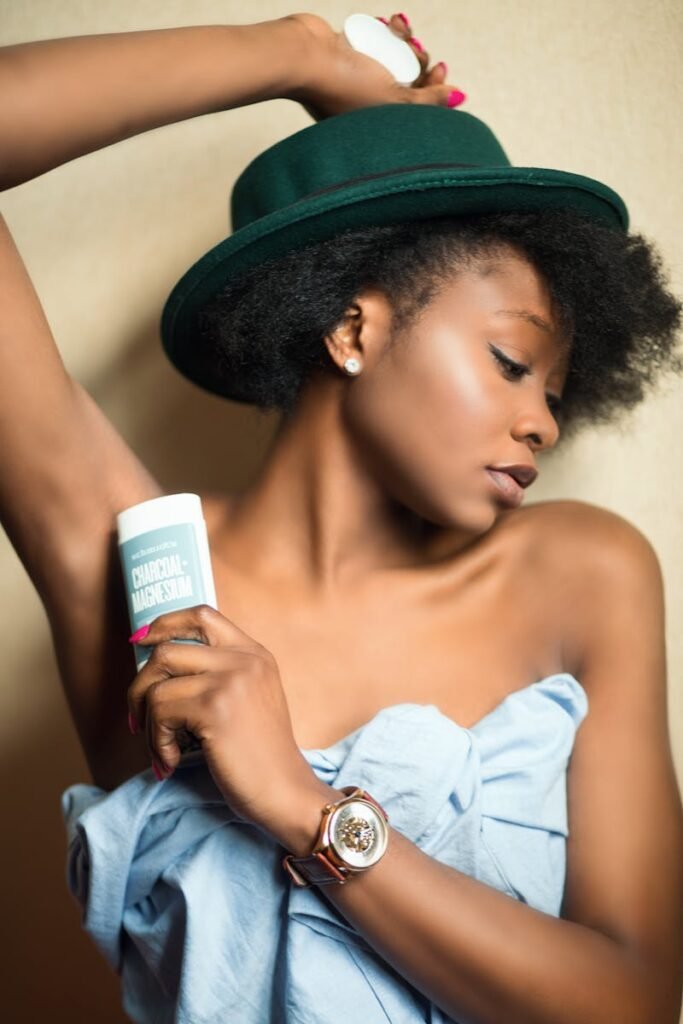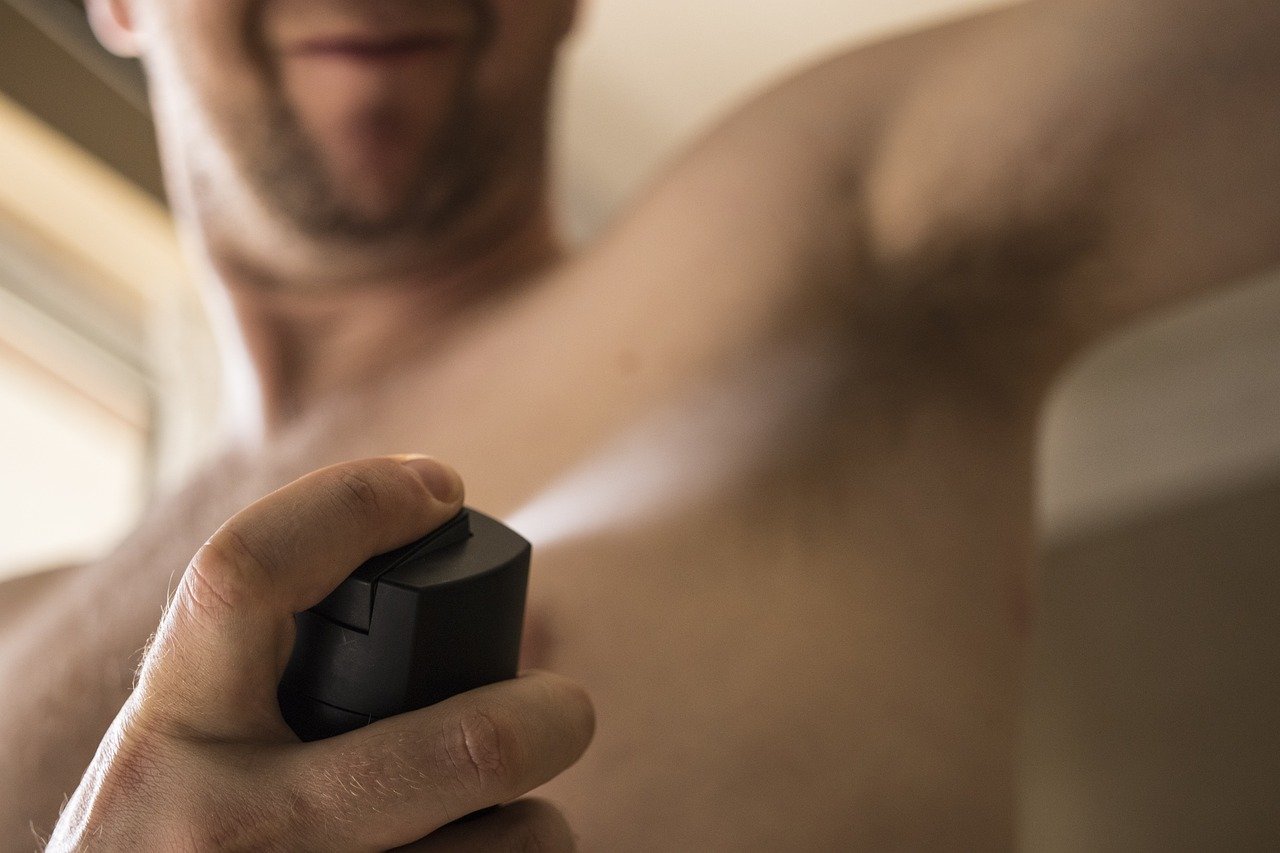How to remove deodorant stains
Discover proven methods for how to remove deodorant stains from shirts, from quick home remedies to professional solutions. Say goodbye to yellow marks and white residue with our tested cleaning techniques that actually work.
Table of Contents
Why Do Deodorant Stains Happen?
Here’s what’s actually happening when those frustrating yellow marks appear: Your deodorant (particularly those containing aluminum) reacts with your sweat, which contains natural compounds like ammonia, salt, and sugar. This chemical reaction creates those stubborn yellowish stains that seem impossible to remove. Cotton shirts are especially vulnerable because their natural fibers readily absorb both the sweat and deodorant, allowing the stain to penetrate deeply.

Proven Solutions That Actually Work
1. The Baking Soda Method (My Personal Favorite)
As a former skeptic turned believer, I can vouch for this method’s effectiveness:
- Mix equal parts baking soda and water into a paste
- Apply directly to the stain
- Let it sit for 30 minutes (I usually use this time to catch up on other laundry tasks)
- Gently scrub the area
- Wash in cold water
Pro tip: This works best on fresh stains, but I’ve had success with older ones too by leaving the paste on for up to an hour.
2. The Vinegar Solution
Perfect for when you’re out of baking soda:
- Create a 50/50 mixture of white vinegar and water
- Apply to the stained area
- Let it sit for 15 minutes
- Gently scrub
- Wash normally in cold water
3. The Heavy-Duty Option: Hydrogen Peroxide
For those truly stubborn stains that won’t budge:
- Mix equal parts hydrogen peroxide and water
- Apply to the stain
- Wait 10-15 minutes
- Scrub gently with a soft brush
- Wash as usual

Prevention: The Best Medicine
After years of trial and error, here are the most effective preventive measures I’ve discovered:
- Switch to Gel Deodorants: They’re less likely to leave visible residue compared to traditional roll-ons.
- Embrace the Undershirt: A simple white undershirt can be your best defense against stains on your outer clothing.
- Apply Less, More Often: Instead of heavy application, use a lighter touch and reapply if needed.
- Let It Dry: Give your deodorant a minute to dry before putting on your shirt.
- Regular Washing: Don’t let stains set in – wash shirts after each wear when possible.
Recommended product
HUMBLE BRANDS Original Formula, Plastic-Free, Aluminum-free
When to Call in the Professionals
Sometimes, despite our best efforts, professional help is needed. Here are the signs I’ve learned to watch for:
- Fabric starting to wear thin in the stained area
- Color fading around the stain
- Multiple unsuccessful attempts at home remedies
- Expensive or delicate fabrics
Pro Service Spotlight: What to Expect
Professional cleaners like ByNext offer specialized treatments that go beyond home remedies:
- Advanced pre-treatment processes
- Professional-grade cleaning solutions
- Expertise with different fabric types
- Restoration of damaged fibers
Frequently Asked Questions
Q: Can old deodorant stains be removed?
A: Yes, but they require more aggressive treatment. The hydrogen peroxide method or professional cleaning usually works best for set-in stains.
Q: Which deodorants are least likely to stain?
A: Look for clear gel formulations or those specifically labeled “non-staining.” Avoid products with high aluminum content if staining is a frequent issue.
Q: Why do some shirts stain more easily than others?
A: Cotton and natural fibers are more prone to staining. Synthetic materials often resist staining better but may retain odors more readily.
Dove Men+Care Clean Comfort Roll on Deodorant, Aluminum Free, For All Day Underarm Odor Protection, 4-Pack, 1.7 Fl Oz Each, 4 Bottles

The Bottom Line
Deodorant stains don’t have to mean the end of your favorite shirts. With these methods and preventive measures, you can keep your clothes looking fresh and stain-free. Remember to always test any cleaning solution on a small, hidden area first, and don’t hesitate to seek professional help for valuable garments or stubborn stains.
Whether you choose to tackle the stains yourself or opt for professional cleaning, the key is acting quickly and being consistent with preventive measures. Your clothes (and your confidence) will thank you for it!
source: byNext











